Search
Remove Ads
Advertisement
Summary 
Loading AI-generated summary based on World History Encyclopedia articles ...
Search Results
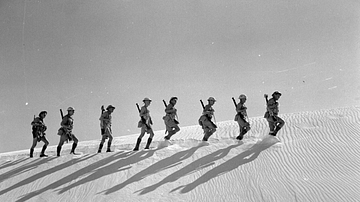
Collection
North Africa Campaign
From 1940 to 1943, the desert of North Africa became an important theatre of the Second World War (1939-45) since it was the only place the British Empire, standing alone, could directly fight on land the Axis powers of Germany and Italy...
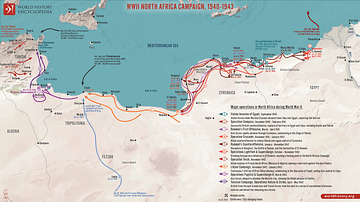
Image
WWII North Africa Campaign, 1940-1943
This map illustrates the North Africa Campaign of World War II, spanning from 1940 to 1943 - a series of operations and battles for control of the strategic region between the Allied forces (primarily the British Commonwealth) and the Axis...

Image
Column of Grant Tanks, North Africa Campaign
A February 1942 photograph of a column of US-made Grant tanks of the British 5th Royal Tank Regiment during the Western Desert Campaigns of the Second World War (1939-45). (Imperial War Museums)
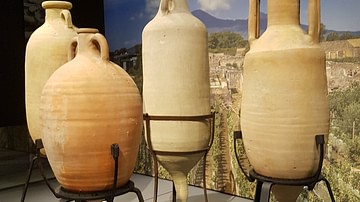
Article
North Africa’s Place in the Mediterranean Economy of Late Antiquity
The Mediterranean Sea was the economic focal point of the Roman Empire. Rome's armies first established an empire across these waters beginning back in the times of the Roman Republic. In 200 CE, the Mediterranean was still the channel that...

Article
The Allied Victory in North Africa
The Allied victory in North Africa was achieved in May 1943 after three years of indecisive battles across the region. Outnumbered and with its supply lines compromised, the Axis German-Italian army lost the Battle of Medenine before being...
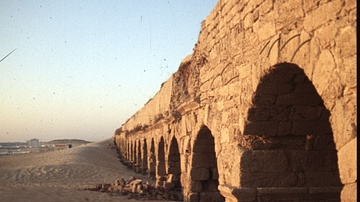
Definition
Caesarea (North Africa)
Caesarea was actually the name of three separate cities: one in Palestine, one in Cappadocia (Asia Minor), and one in Mauretania, present-day Algeria. The first city, Caesarea Maritima, was built by Herod around 25 BCE and, like the other...
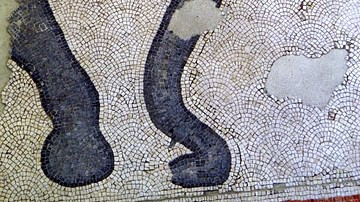
Article
North Africa During the Classical Period
Phoenician traders arrived on the North African coast around 900 B.C. and established Carthage (in present-day Tunisia) around 800 B.C. By the sixth century B.C., a Phoenician presence existed at Tipasa (east of Cherchell in Algeria). From...

Definition
The Description of Africa
The Description of Africa is the first comprehensive book about Africa, written by Leo Africanus, an African scholar trained in the Islamic intellectual tradition, in 1526, during the Italian Renaissance. A skillful mixture of anthropology...
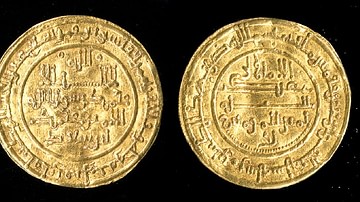
Article
The Gold Trade of Ancient & Medieval West Africa
West Africa was one of the world's greatest producers of gold in the Middle Ages. Trade in the metal went back to antiquity but when the camel caravans of the Sahara linked North Africa to the savannah interior, the trade really took off...
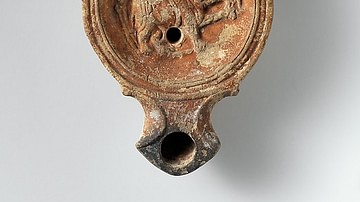
Article
Roman Expeditions in Sub-Saharan Africa
Sub-Saharan Africa was explored by Roman expeditions between 19 BCE - 90 CE, most likely in an effort to locate the sources of valuable trade goods and establish routes to bring them to the seaports on the coast of North Africa, thereby minimizing...